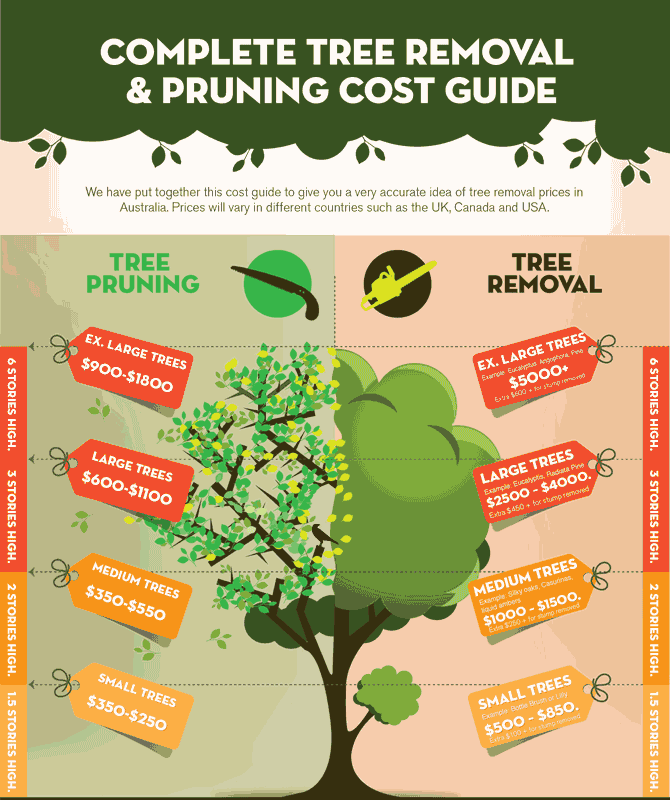Seasonal Tree Upkeep: Standards For Dealing With Trees Prior To And After They Are Removed
Seasonal Tree Upkeep: Standards For Dealing With Trees Prior To And After They Are Removed
Blog Article
Content By-
When it comes to seasonal tree treatment, guaranteeing appropriate management before and after elimination can dramatically affect the wellness and aesthetic appeals of your landscape. By recognizing the necessary steps involved in evaluating tree health and planning for removal, you can proactively safeguard your residential or commercial property. Yet what regarding tree cutting auckland to follow once the tree is gone? Stay tuned to discover the important post-removal care steps that will certainly aid you grow a flourishing and sustainable setting for your trees.
Pre-Removal Tree Care
Prior to attending to the elimination of a tree, it's important to prioritize pre-removal tree treatment. Begin by examining the tree's health and wellness and structural integrity. Look for indicators of disease, bug problems, or any kind of architectural concerns that might present a safety and security risk during removal. It's vital to seek advice from a certified arborist to identify the best strategy.
Pruning dead or unhealthy branches can prevent more damage to the tree and make sure a smoother elimination process.
In addition, take into consideration the ecological impact of getting rid of the tree. Trees play an essential duty in our community, so growing a brand-new tree in an appropriate location can help offset any kind of loss. Make sure that you have the required licenses and approvals for tree removal, specifically if the tree is secured by neighborhood guidelines.
Seasonal Maintenance Tips
Analyzing your tree's demands throughout the year is vital for its health and longevity. To keep your trees in top condition, comply with these seasonal maintenance suggestions.
In spring, concentrate on pruning to get rid of dead or broken branches and motivate new development.
Summer requires normal watering, specifically during droughts, to guarantee your tree stays hydrated.
As maintenance super , watch out for early indications of disease or stress and anxiety, and take into consideration using mulch to protect the origins during winter months.
In winter months, beware when getting rid of snow from branches to stop damage, and continue to check your tree's general wellness.
Keep in mind to adjust your treatment regular based on the particular needs of your tree types and regional environment. By staying attentive and positive throughout the periods, you can aid your trees thrive and grow for many years to come.
Post-Removal Tree Care
To make certain the health and wellness of your landscape also after tree removal, proper post-removal care is crucial. After a tree is eliminated, it's important to load the staying opening with topsoil and portable it to prevent settling. This will help keep the stability of the ground and stop prospective threats in the future.
Take into consideration planting brand-new plants instead of the removed tree to bring back the balance and looks of your landscape. Consistently water the location to advertise the development of brand-new plants and protect against dirt disintegration.
Evaluate the bordering trees for any kind of indications of illness or anxiety that might have been caused by the removed tree. Keep an eye out for insects that could've been brought in to the previous tree and take safety nets to safeguard the continuing to be greenery.
If needed, seek advice from a professional arborist to analyze the effect of the removal on the bordering trees and determine any additional care needed. By complying with these post-removal care actions, you can guarantee the ongoing health and elegance of your landscape.
Verdict
To conclude, aggressive seasonal tree treatment is essential for keeping the health and balance of your landscape. By examining tree health, pruning, and speaking with an arborist before elimination, you can make sure a safe procedure. After removal, filling up the hole, planting brand-new plants, and routine watering will promote new development and stop erosion. Remember to examine bordering trees for disease and seek additional treatment procedures from an arborist to keep your landscape thriving.
